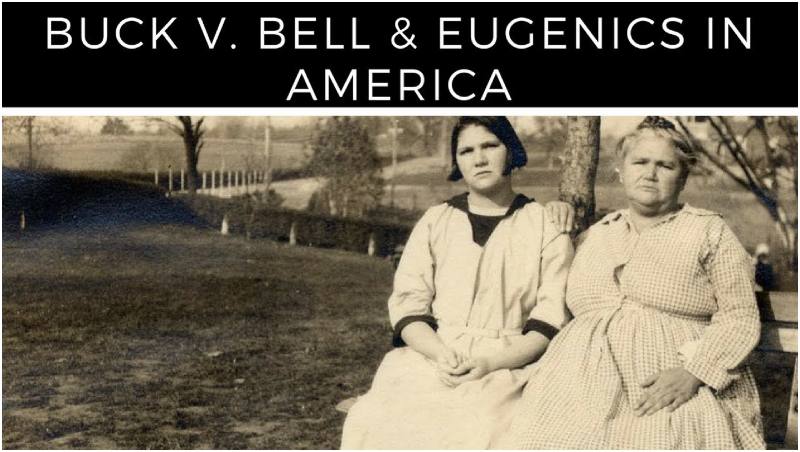In 1927, the U.S. Supreme Court handed down a decision in Buck v. Bell that has since remained one of the most controversial in American legal history.
The case centered around Carrie Buck, a young woman from Virginia who was forcibly sterilized after being diagnosed with “feeblemindedness.”
The Case of Carrie Buck
Carrie Buck’s story begins with a tragic series of events. At just 16 years old, she was sent to a state institution after being sexually assaulted by her foster parent’s nephew, resulting in pregnancy. Carrie was labeled as “feebleminded,” a term used at the time to describe people perceived as mentally inferior. To make matters worse, her mother had also been diagnosed with the same condition, and both were institutionalized under the 1924 Virginia Eugenical Sterilization Act.
Under this law, Carrie was to be sterilized against her will, as authorities deemed her unfit to reproduce. Her appointed guardian, seeking justice, filed a lawsuit challenging the constitutionality of the sterilization. This led to the infamous case Buck v. Bell.
The Supreme Court Decision
The case eventually reached the U.S. Supreme Court, where the justices ruled 8-1 in favor of the sterilization, upholding the Virginia law. Justice Oliver Wendell Holmes Jr., writing the majority opinion, argued that sterilization was a reasonable method for preventing those deemed “unfit” from passing on their perceived genetic flaws. He famously stated, “Three generations of imbeciles are enough,” using the label to refer to Carrie Buck’s family. Holmes also drew a controversial parallel between sterilization and compulsory vaccination, claiming that both were justified to protect society as a whole.
Holmes’ opinion set a legal precedent that legitimized the forced sterilization of thousands of people deemed “undesirable” by society.
The Aftermath and Lasting Impact
Although the Buck v. Bell ruling did not end sterilization practices, it provided the legal foundation for their widespread use. Over the following decades, more than 60,000 people were sterilized, often without their consent, as part of state-sponsored programs intended to “improve” the population’s genetic makeup. It wasn’t until the 1960s that forced sterilizations began to decline.
The case’s impact has been long-lasting. Buck v. Bell has never been overturned, and its implications continue to echo in debates over reproductive rights, bodily autonomy, and the power of the state to intervene in individuals’ lives.
A Legal and Moral Legacy
In the years since Buck v. Bell, scholars, activists, and legal professionals have grappled with the legacy of this decision. Many view it as a stark example of how legal systems can be manipulated to justify horrific abuses in the name of public good. The case also highlights the dangers of eugenics, a now-discredited movement that aimed to “improve” society through selective breeding and sterilization.
For today’s legal scholars and advocates, the case serves as a cautionary tale about the importance of protecting individual rights against governmental overreach and discrimination. While the ruling may have been upheld in 1927, the moral and ethical questions it raised continue to challenge the legal community.

